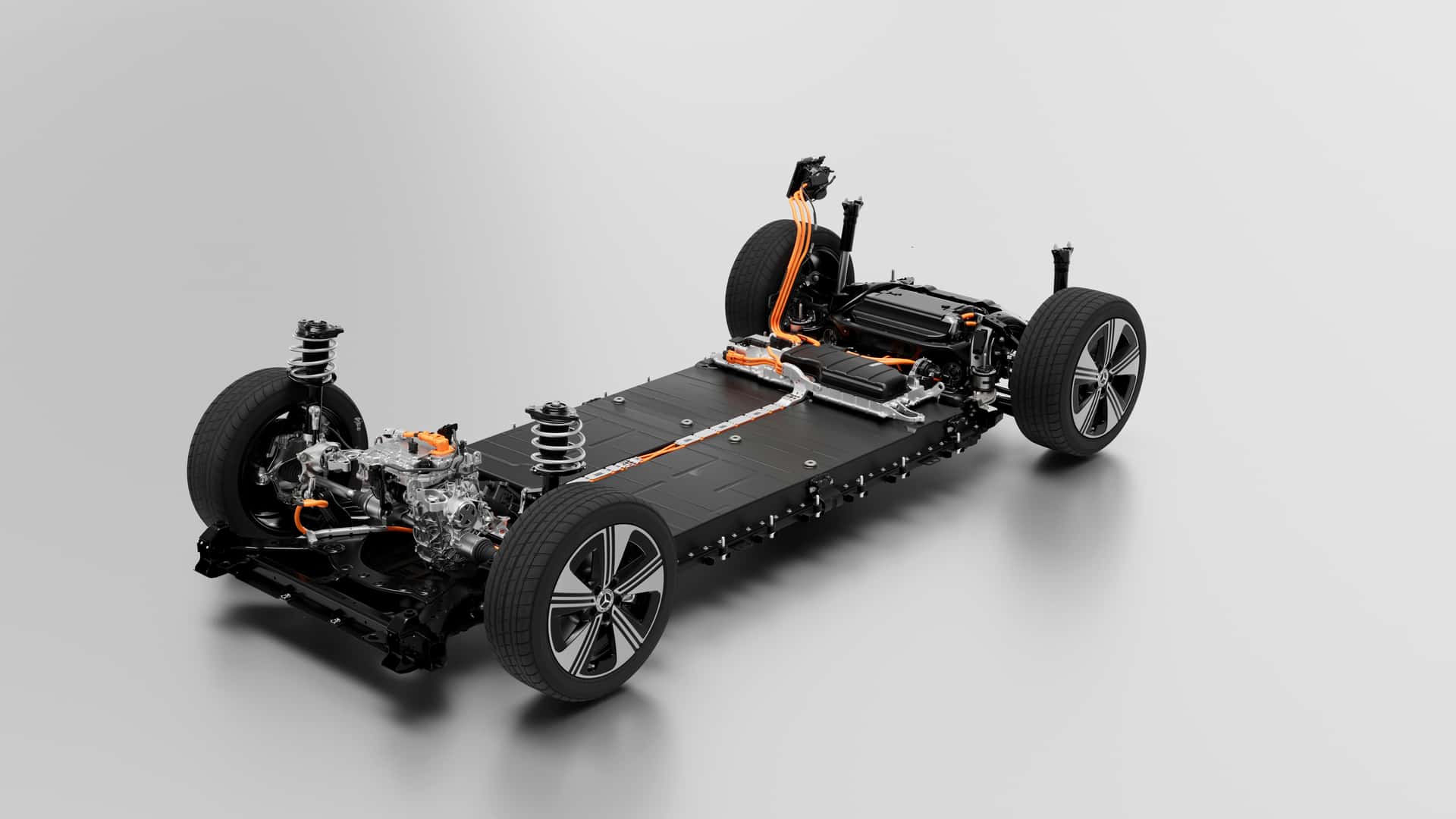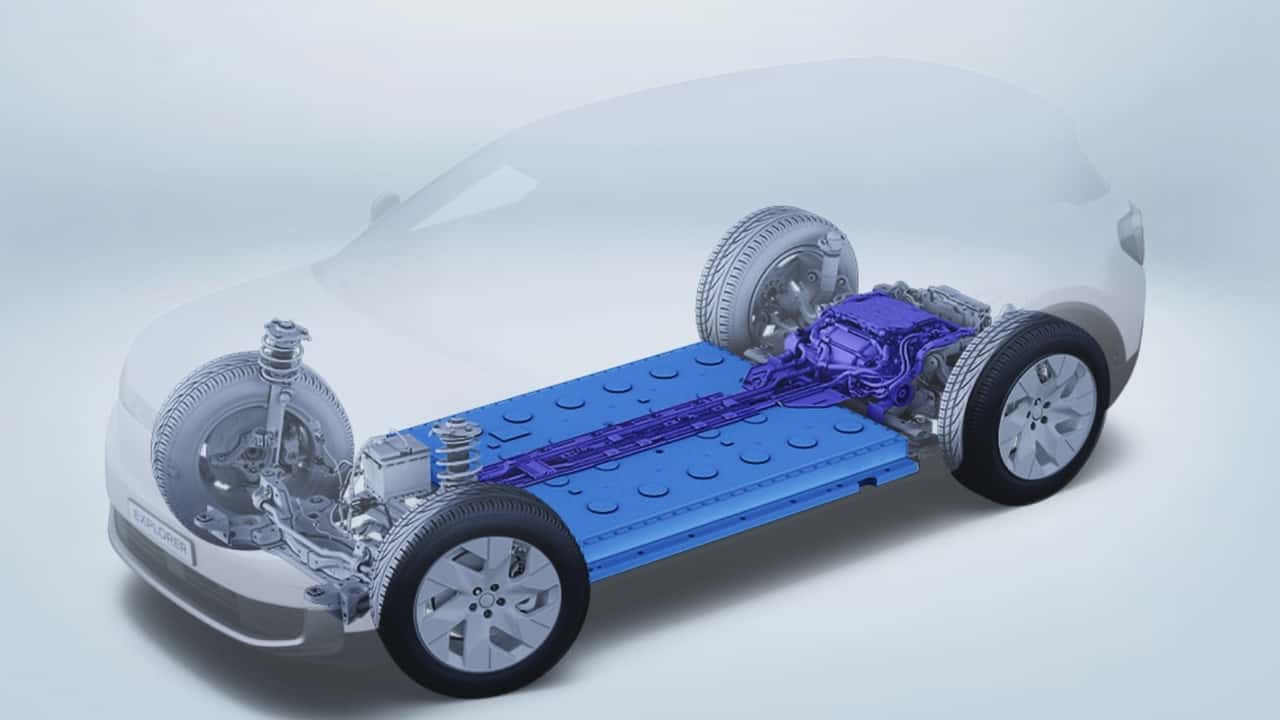

Scientists say batteries that can repair themselves can be the "secret sauce" to improving range and lifespan.
- A project in Europe aims to create a battery that's environmentally friendly and energy-dense.
- Scientists are said to have created a "super glue" that keeps the structure intact even after the object has been damaged.
- The chemistry includes special cathodes and anodes and a new type of electrolyte that protects them both.
There's no one-size-fits-all solution for electric vehicle batteries. Battery sizes differ across vehicle categories and in many cases their chemistries vary as well. For battery makers, the goals remain the same: more energy density, faster charging, cost-effectiveness and better safety. But the means of getting there keep changing. Battery scientists in Europe say one way of achieving these goals is a “self-repairing” pack that’s also environmentally friendly.
Norwegian research organization SINTEF — also known as The Foundation for Industrial and Technical Research—experimented with a battery that it claims is more stable than traditional lithium-ion packs and can deliver better driving range with a longer lifespan. It likened this battery to a "sandwich," with the cathode on top, anode at the bottom and separators and binders in between. This analogy can be true of any battery, but here's why this one is different.
The cathode reportedly uses lithium-nickel-manganese oxide, which is apparently cobalt-free and contains less nickel and less lithium than traditional EV batteries. This chemistry provides a higher average voltage, which should improve charging times and performance. It also packs more energy into a smaller volume, SINTEF scientist Nils Peter Wagner told British publication Tech Xplore .
The anode, on the other hand, is made from a silicon-graphite composite. Battery companies are increasingly exploring silicon anodes As they eliminate the inefficiencies associated with graphite-rich anodes, several U.S.-based battery startups like Amprius, Group14, and Sila Nanotechnologies are investigating silicon-based anodes. However, these silicon anodes often expand during charging and discharging processes. This issue can be addressed using a graphite composite, which provides the anode with enhanced durability and reliability.
Additionally, there is a "super glue" substance designed to fix small damages within the cell structures, similar to how a self-healing automobile tire works. This functionality is achieved through specialized binders and separators that maintain the integrity of the battery architecture. To put it simply, a binder refers to a material used to keep the active components in a battery consolidated. separator Stops short circuits, ensuring the cathode and anode do not touch each other. The development of the initial prototype electrolyte using these materials has been finished, and the emphasis is currently on advancing to the next generation of cells, as stated by SINTEF.

The final phase involves strategizing how to introduce this technology to the market, as reports suggest efforts are being made to increase manufacturing capacity. While developing new technologies in a laboratory setting can be impressive, transforming these innovations into viable products for widespread use presents an entirely different hurdle. Over recent years, we've witnessed numerous advancements in battery chemistries; however, very few have successfully transitioned from theory to actual application.
As Bob Lee, who serves as the president and chief strategy officer of LG Energy Solution in North America, stated Autoline Network Podcast: "The key lies in manufacturing technology. The challenge is producing batteries at high volumes with consistent quality over large surfaces."
Got a tip? Reach out to the author: suvrat.kothari@insideevs.com
Related Stories
- In 2026, the Mercedes CLA-Class will be an all-electric vehicle with a range of 500 miles as well as offering a hybrid option.
- Toyota Has Just Demonstrated That Electric Vehicles Are Here to Stay
- U.S. Electric Vehicle Sales Are Rising Amidst The Turmoil
- China’s Advanced Vehicle Technology Might Reach the U.S. via Volkswagen

Our website uses cookies to improve your experience. Learn more